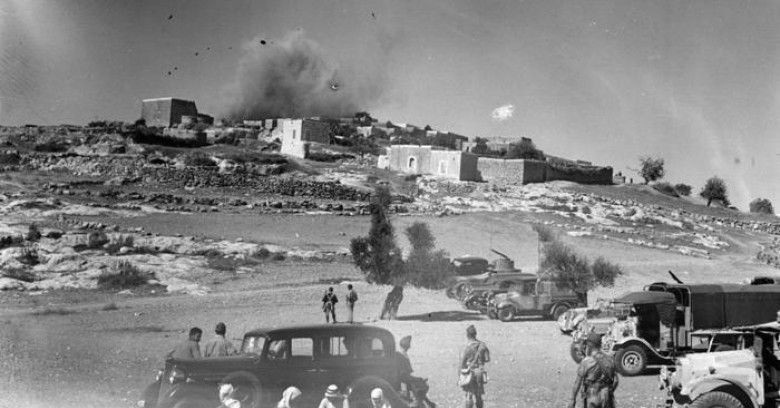RAMALLAH, May 11, 2017 (WAFA) - As Palestinians worldwide mark on Monday 69 years since the Nakba, the term they use for their uprooting from their homes and land in Palestine and dispersion, the number of Palestinian refugees forced to leave their homes has increased over the years from 800,000, or almost two-thirds of the population, in 1948 to 5.59 million in 2016, or 42 per cent of the total population in Palestine, the Palestinian Central Bureau of Statistics (PCBS) said on Thursday.
PCBS chief Ola Awad said in a report reviewing the situation of Palestinians around the world on the Nakba anniversary that while 1.4 million Palestinians had lived in 1,300 Palestinian towns and villages in historical Palestine in 1948, more than 800,000 of the population were driven out of their homeland to the West Bank and Gaza Strip, neighboring Arab countries, and other countries of the world.
Thousands of Palestinians were also displaced from their homes but stayed within the Israeli-controlled 1948 territory.
She said that according to documentary evidence, the Israelis controlled 774 towns and villages and destroyed 531 Palestinian towns and villages during the Nakba. The atrocities of Zionist forces also included more than 70 massacres in which more than 15,000 Palestinians were killed.
Awad said that the estimated Palestinian world population totaled 12.70 million by the end of 2016.
Number of Palestinians still living in historical Palestine by the end of 2016 was 6.41 million, which is expected to rise to 7.12 million by the end of 2020 based on current growth rates.
Statistical data also show that refugees constitute 42% of the total Palestinian population in Palestine. UNRWA records showed that there were 5.59 million Palestinian refugees registered at the beginning of 2016. Around 29% of Palestinian registered refugees live in 58 refugee camps, of which 10 are in Jordan, 9 in Syria, 12 in Lebanon, 19 in the West Bank, and 8 in Gaza Strip.
These estimates represent the minimum number of Palestinian refugees, given the presence of non- registered refugees. These estimates also do not include Palestinians who were displaced between 1949 and the 1967 war, according to the UNRWA definition, and do not include the non-refugees who left or were forced to leave as a result of the 1967 war.
The number of Palestinians who remained in their homeland in the 1948 territory after the Nakba was estimated at 154,000 persons, but 2016 estimations show that it has grown to 1.53 million on the 69th anniversary of the Nakba, the majority of them is young, as it is in Palestinian society as a whole.
The number of Palestinians in Palestine was estimated at 4.88 million at the end of 2016: 2.97 million in the West Bank and 1.91 million in Gaza Strip. The number of Palestinians in Jerusalem governorate at the end of 2016 was around 432,000, of whom 62% live in the areas of Jerusalem forcibly annexed by Israel in 1967.
The population density in Palestine at the end of 2016 was 811 individuals per square kilometer: 526 individuals/km2 in the West Bank and 5,239 individuals/km2 in Gaza Strip.
There were 413 Israeli occupation constructions in the West Bank (including 150 settlements and 119 outposts) by the end of 2015. Furthermore, about 48% of the built-up area of Israeli settlements is located on Palestinian private property.
M.K.











